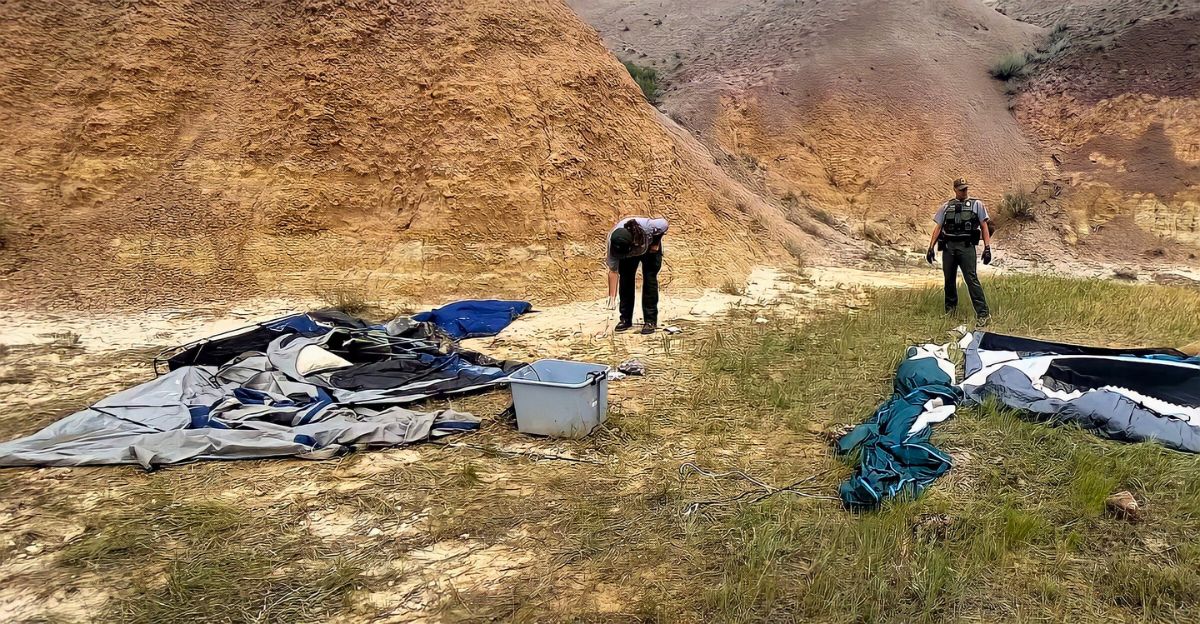
After a visitor reported it in late July, Badlands National Park rangers found an abandoned campsite in a remote area.
The campsite had wet sleeping bags, leftover food, and trash, which worried rangers that someone might be hurt or missing. Park officials sent emergency teams because they thought a serious problem might have happened.
This discovery shows how brutal weather and people leaving things behind create problems for the park.
Big Storm Causes Mess
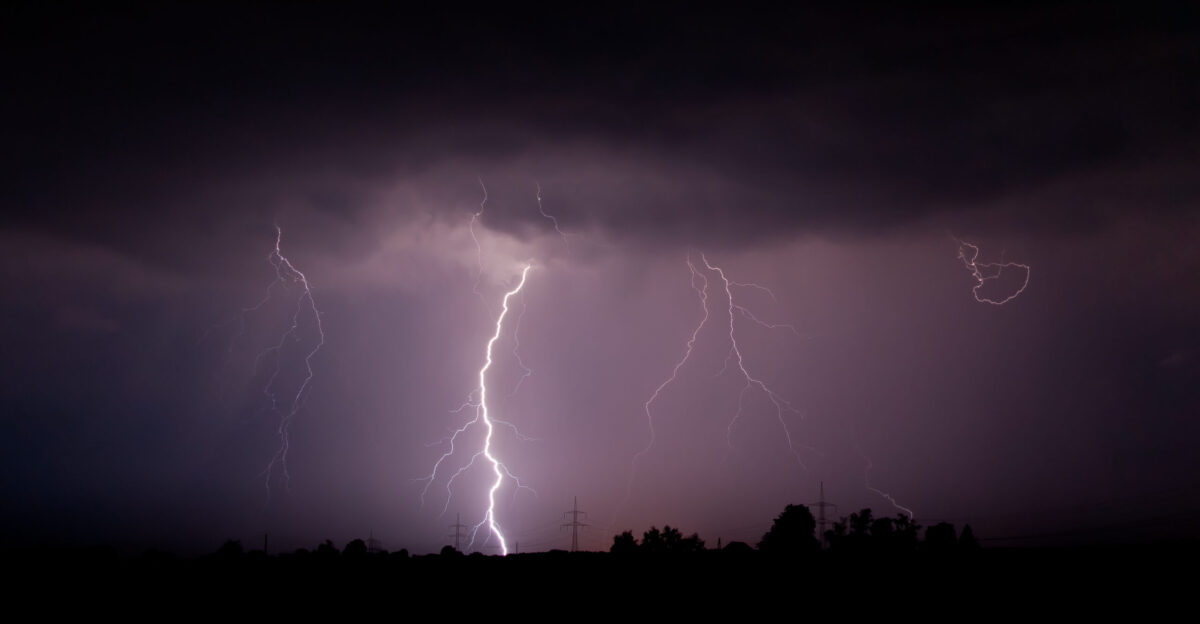
Rangers figured out the campsite was probably left behind during a big thunderstorm the night before. Rainwater collected at the spot, soaking the tent and making it impossible to stay.
The rangers think the campers quickly escaped to their car on a nearby road, leaving all their stuff in the wild.
Summertime in the Badlands often brings intense storms and sudden floods, especially in low areas.
Camping in the Wild
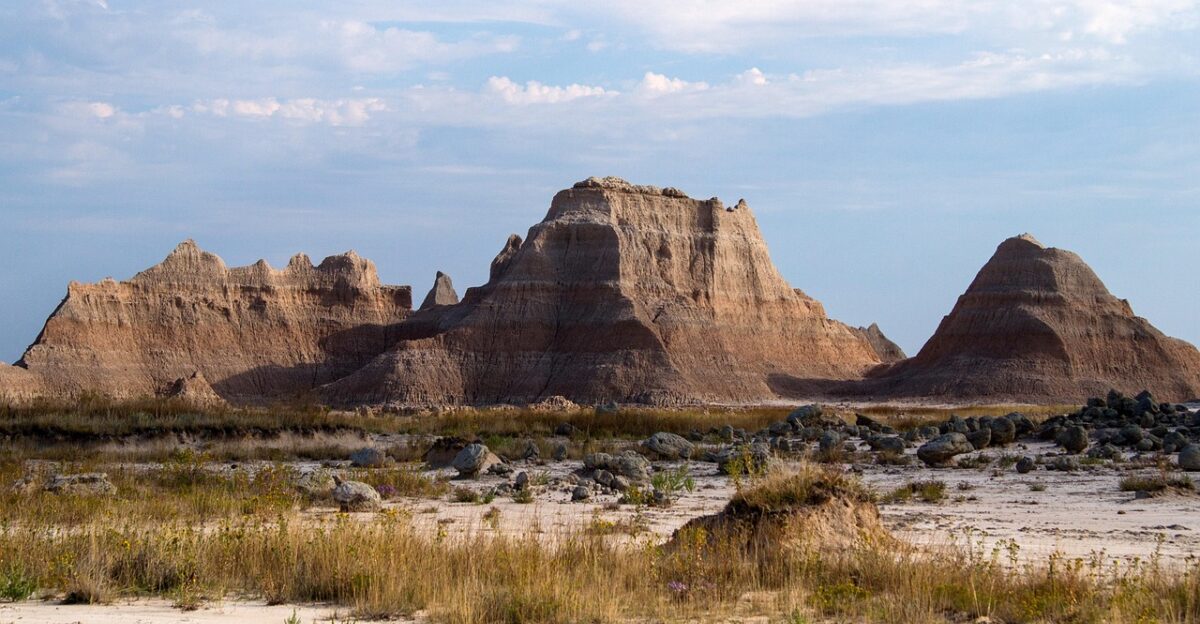
Badlands National Park has 64,000 acres of wild land where people can camp without a permit, as long as their campsites can’t be seen from roads or trails.
The area’s steep rocks and grassy plains make it tough for campers, especially if they aren’t ready for fast-changing weather. These places have no bathrooms, water, or supplies, so campers must bring everything they need and take all their trash.
The Wilderness Act of 1964 says these areas should stay as natural as possible, with visitors leaving no trace of their stay.
Too Many Visitors, Not Enough Prep
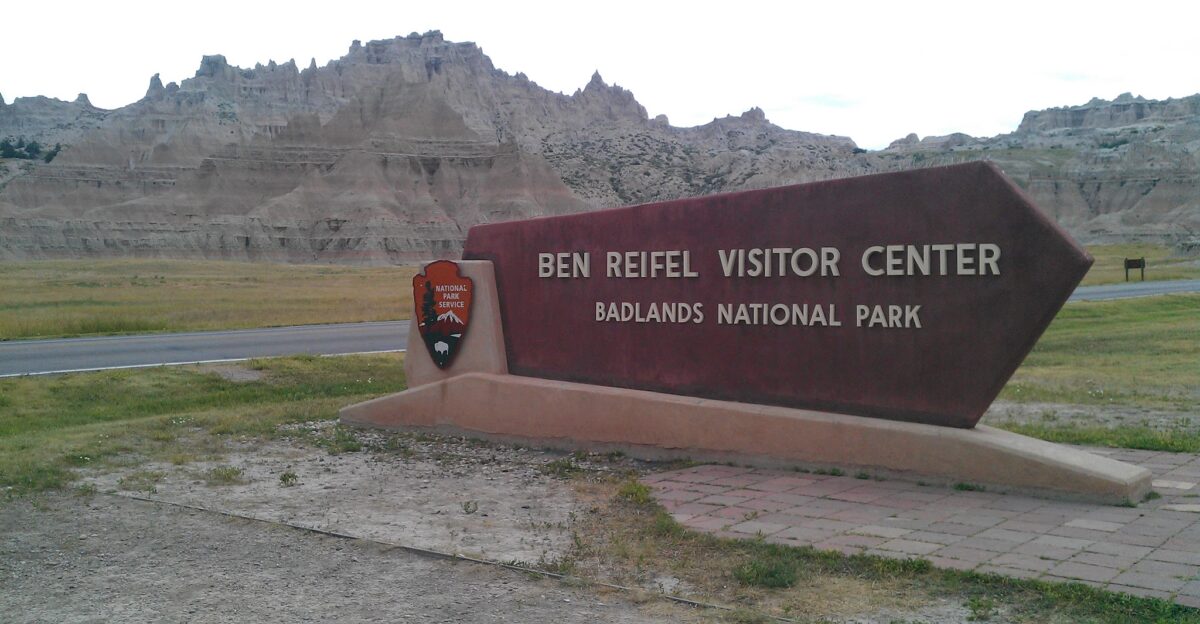
According to federal statistics, visits to national parks have significantly increased, and backcountry use rose 18% from 1999 to 2009.
Badlands gets millions of visitors yearly because of its fantastic rock formations, but many people aren’t ready for the park’s harsh weather and remote areas.
The Ben Reifel Visitor Center helps visitors from 9 AM to 4 PM during busy times, but emergencies in the backcountry often happen after hours. Park staff say weather-related evacuations have become “unfortunately a widespread occurrence,” which puts pressure on emergency teams.
Rangers Sound the Alarm

On August 2, park officials posted a clear warning on Facebook: “Do not do this!” with pictures of the abandoned campsite. Rangers had found “large quantities of food, soaked sleeping bags, and a lot of trash” all over the site after a visitor told them about it.
Because of this, first responders had to come and check if anyone was missing.
Park officials pointed out that “the time they spent on this could have been used to help those who needed it,” showing how abandoned campsites can make life more difficult for emergency workers.
False Alarms Stress Rangers
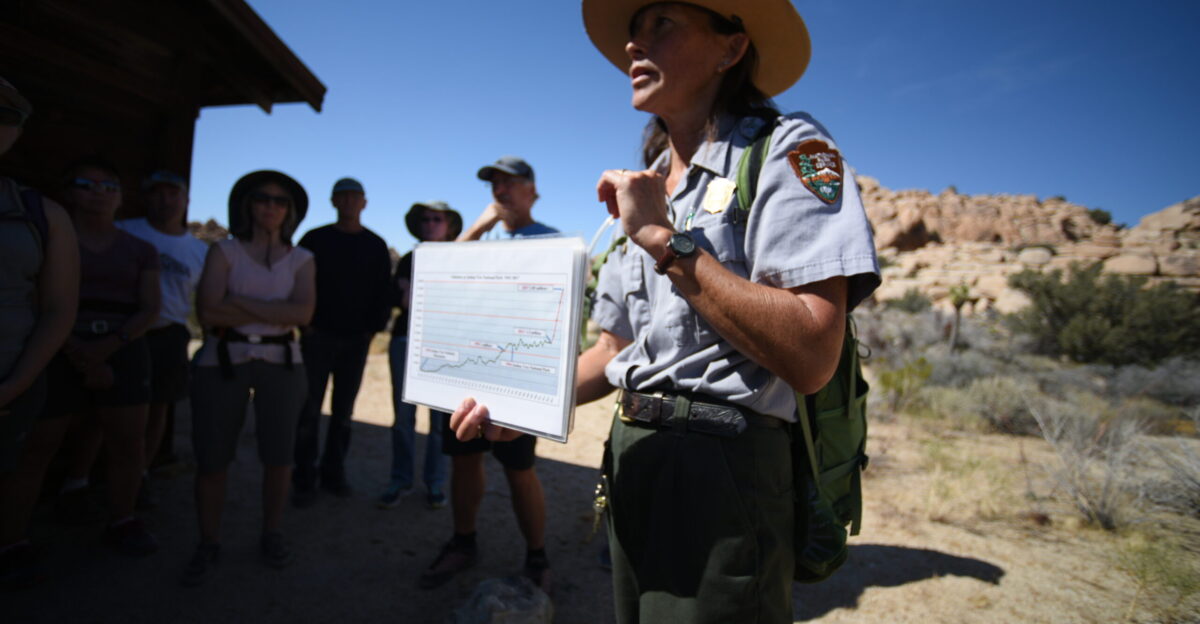
The abandoned campsite is part of a larger problem affecting park resources and people’s safety in wilderness areas nationwide.
Emergency teams are being sent out more often for false alarms, sometimes because people leave gear behind or leave in confusing situations. These false alarms can cost fire departments up to $500 each time.
Rangers say they feel more stress because of weather-related evacuations and trying to protect the parks, with 81.6% of rangers facing life-threatening situations during work.
This stress adds up and can hurt rangers’ wellbeing and affect how they make decisions.
Locals Know the Risks
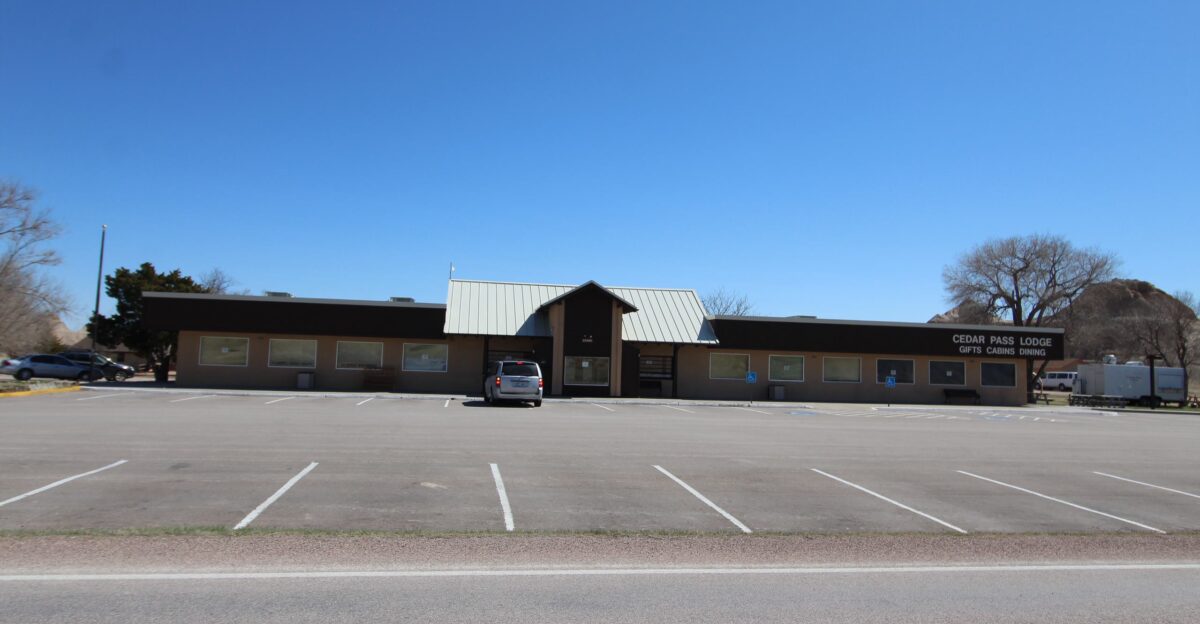
People living near Badlands have seen what happens when campers aren’t prepared for the wilderness.
The closest hospital is in Rapid City, which is more than an hour from most remote parts of the park, so getting help in an emergency is complicated and expensive.
Weather in the Great Plains can change very quickly—storms can bring hail as big as an inch and winds over 50 mph in just a few minutes. Cedar Pass Lodge, the only place to stay near the park, often warns visitors about how tough camping can be during stormy weather.
Wildlife and Trash Problems
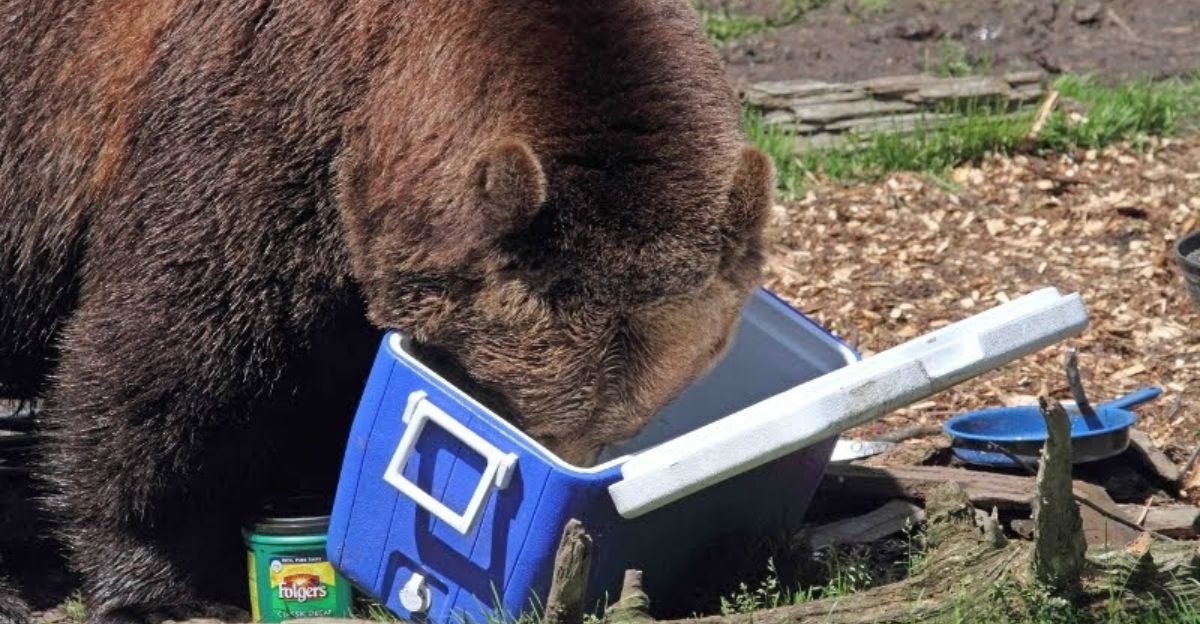
Abandoned campsites cause environmental problems that go well beyond cleaning up the mess. Animals are drawn to leftover food and trash, which changes their behavior and can make things riskier for future visitors.
Research shows that camping waste can harm the soil, stop plants from growing, and harm water quality for many years. In dry places like the Badlands, even a little bit of leftover food or trash can upset the balance of the prairie and attract unwanted species.
It can take decades for these wild areas to recover fully.
Why Food and Trash Matter

Scientists say that animals that get used to eating human food can become more dangerous to the environment and people in national parks.
Recent camping impact studies show that “non-biodegradable waste such as plastics can pose potential risks to wild animals,” even leftover food makes fake feeding spots that can change animals’ migration habits.
The Wilderness Act’s “Leave No Trace” rule stops these problems by requiring campers to take everything with them. Experts also note that prairie environments recover slowly from human impact, especially in dry places like the Badlands.
The True Cost of Abandonment
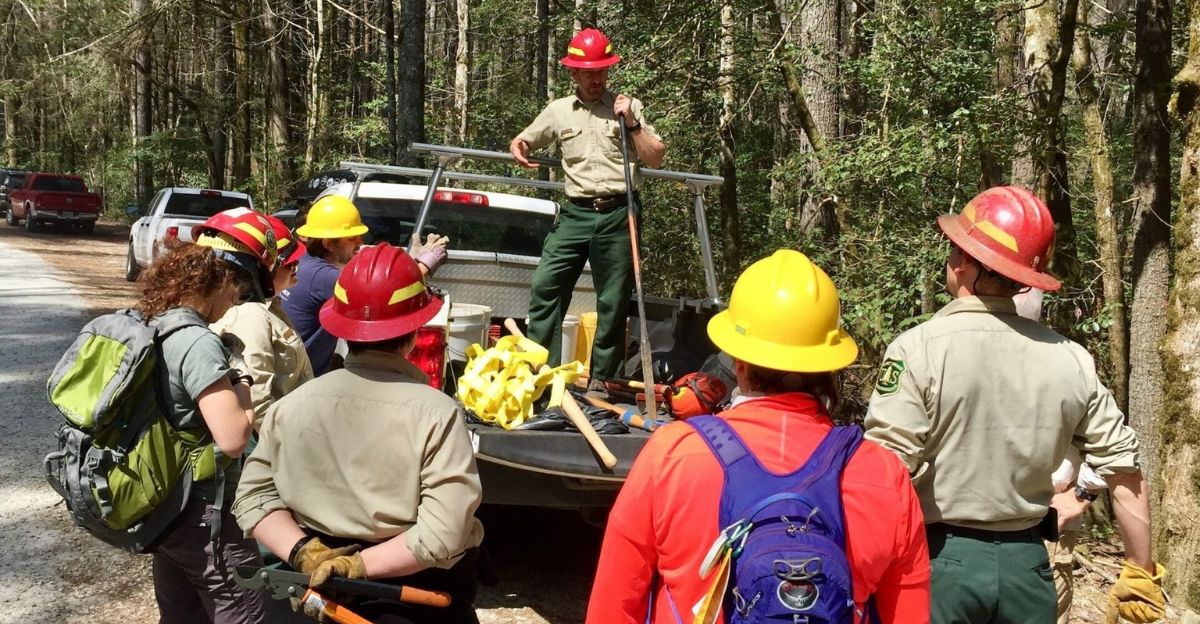
Abandoned campsites cost a lot more than just cleaning them up. They require sending emergency teams, paying rangers extra work, and restoring damaged nature.
Across the country, false alarms like these cost emergency services around $1.8 billion annually, with each case costing anywhere from $250 to a few thousand dollars. Parks already have tight budgets, so money spent on clean-up takes away from things like teaching visitors or protecting habitats.
Also, when first responders are busy with abandoned campsites, they might be slower to help in real emergencies.
How Badlands Responded
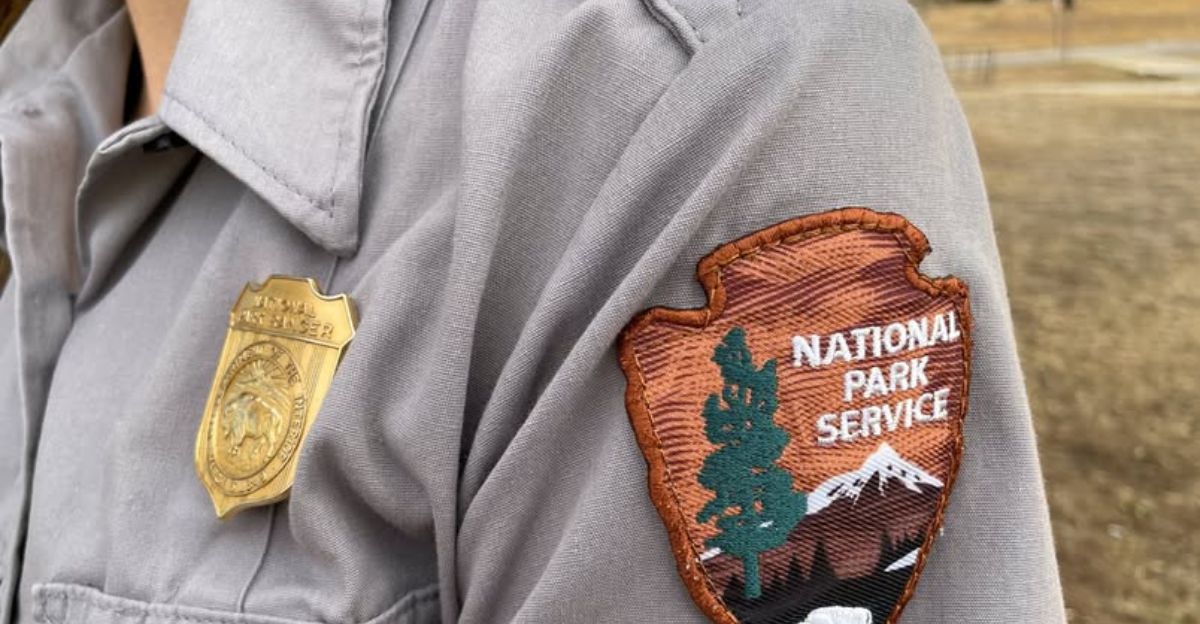
After the abandoned campsite was found, park officials quickly started an investigation and clean-up, sending several ranger teams to check how much damage was done to the environment.
Because of this, the park began reviewing its rules for backcountry registration and how it educates visitors at the Ben Reifel Visitor Center. Rangers said they’re frustrated by having to deal with abandoned campsites repeatedly, since it’s stressful to keep using emergency teams for problems that could be avoided.
Behind the scenes, some worries about handling these situations might make other campers think it’s okay to leave their gear behind during bad weather.
Legal Problems from Left-Behind Gear
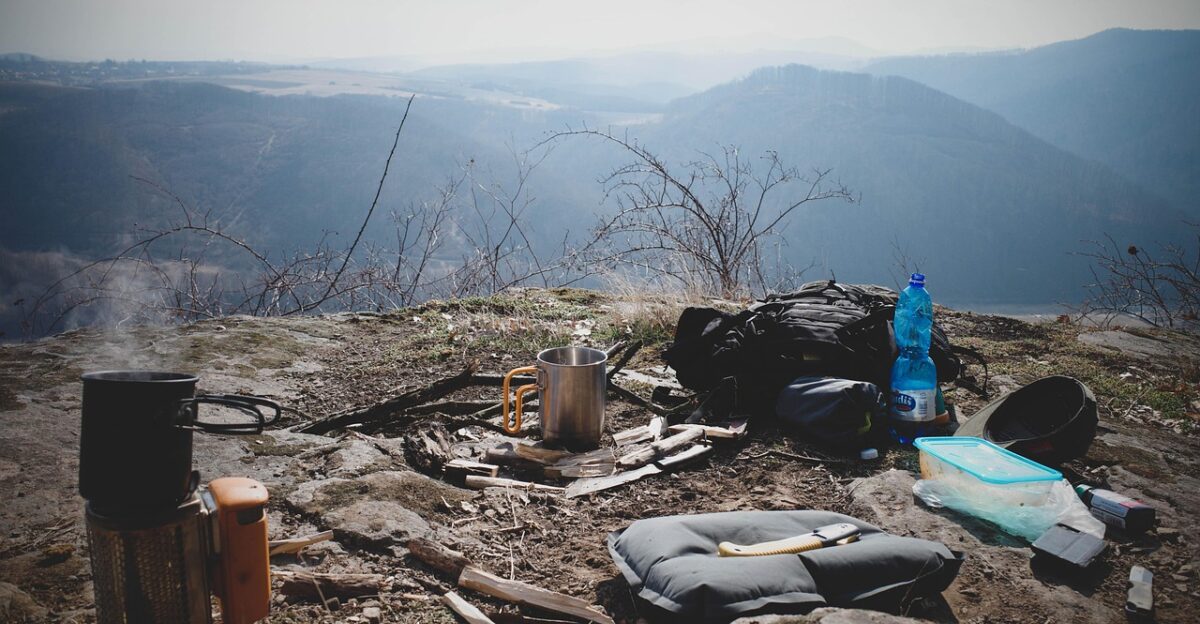
Leaving camping gear behind creates legal problems for the park. Federal laws say it’s illegal to litter on public land, and people can get fined or even charged with a crime if they intentionally abandon property.
But it’s not always easy to tell if someone left gear in an emergency or didn’t care, so officials must look into each case carefully. The park needs to enforce these rules while also showing understanding for real emergencies and trying to protect wilderness areas.
This event shows gaps in current regulations about making visitors responsible for cleaning up their gear.
Changing How Parks Deal with Emergencies
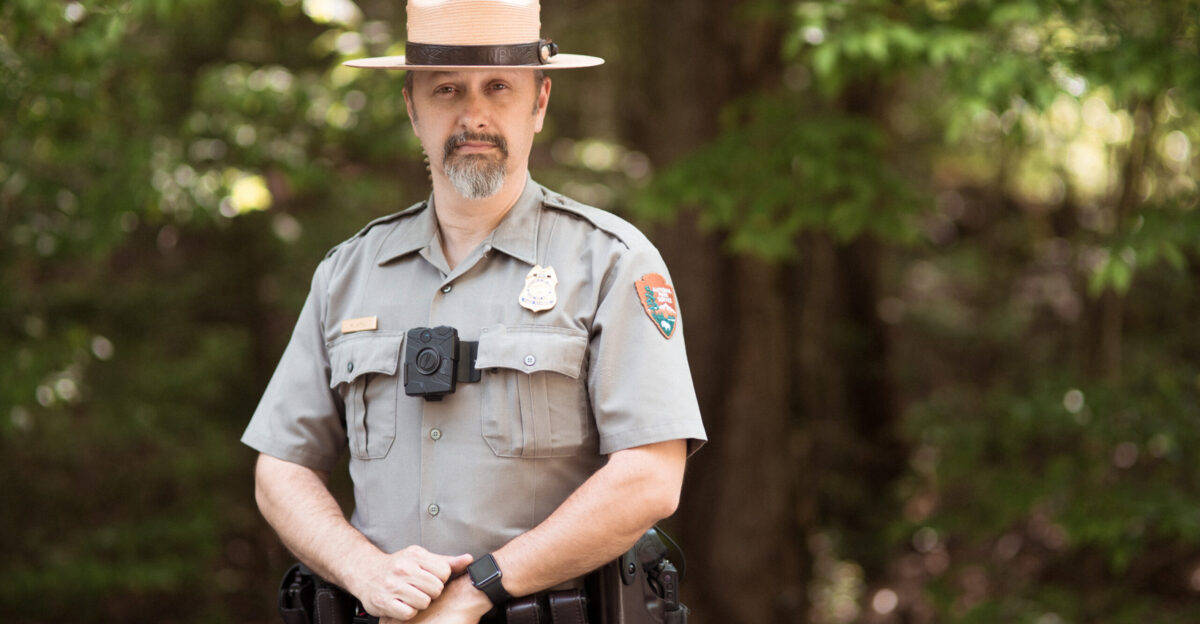
The National Park Service has started using stricter rules to teach visitors about backcountry camping and handling emergencies after similar problems occurred in parks nationwide.
New orientation programs now focus on preparing for bad weather and making sure campers know how to communicate during emergencies before they go into the wilderness. Rangers also ask campers to set up check-in times and share emergency contact details, even if they don’t need a permit.
These changes come from the lessons learned as more people visit wild areas and weather events become more frequent and severe.
Cleaning Up Takes Time and Money
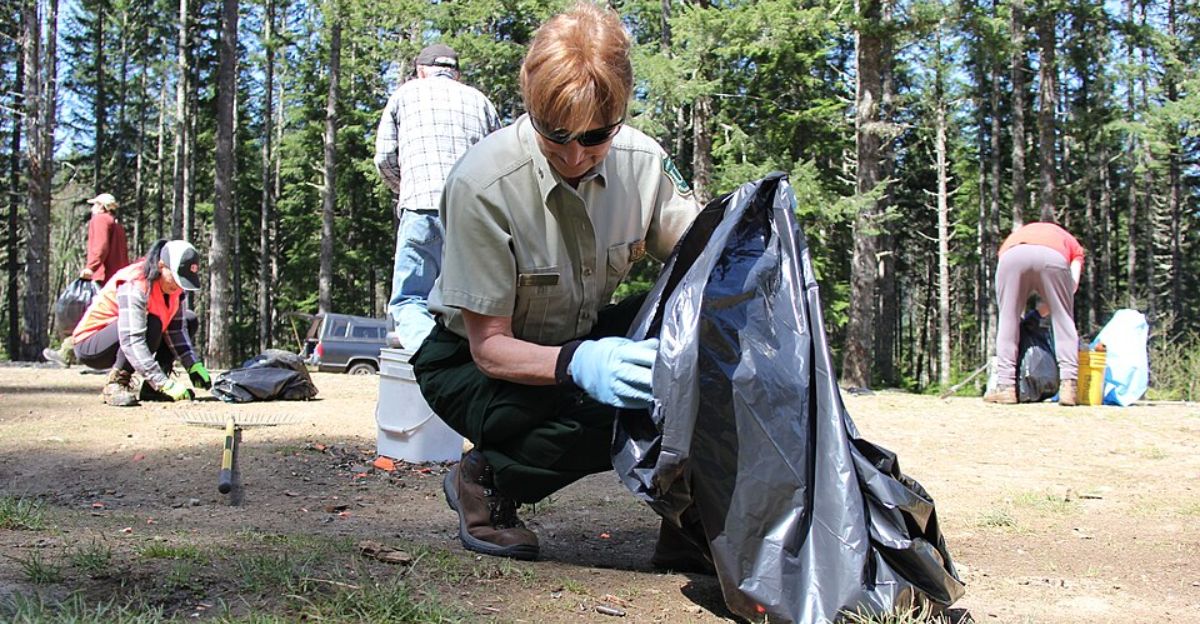
Several teams of rangers worked for days to clean up the abandoned campsite and return the area to its natural state.
Tests showed that leftover food had attracted animals and changed the soil in that spot. The site needed new plants and regular checks to ensure it didn’t suffer long-lasting harm.
Adding up the costs for ranger hours, travel, and materials, the clean-up totaled over $2,000, showing how expensive it can be to fix abandoned campsites in the wilderness.
More Weather Risks Ahead

Weather experts predict climate change will increase the frequency and strength of storms in the Great Plains, which may cause more emergencies in wilderness areas.
This situation makes people wonder if current park rules help visitors prepare for extreme weather. Park officials are considering requiring weather briefings and emergency communication tools for campers during times of higher risk.
Decisions made now could change how all national parks manage wilderness camping in the future.
Tougher Laws Coming Soon

Lawmakers from wilderness states are considering more substantial penalties for leaving camping gear behind and making emergency procedures the same across all federal lands.
Some proposed laws would require GPS trackers when getting backcountry permits and set up funds to pay for clean-up. The Wilderness Preservation Act changes are being discussed to clarify enforcement while keeping parks wild.
Legal experts expect wider rules to come as more weather-related campsite abandonments happen in parks throughout the country.
How Outdoor Companies Are Responding
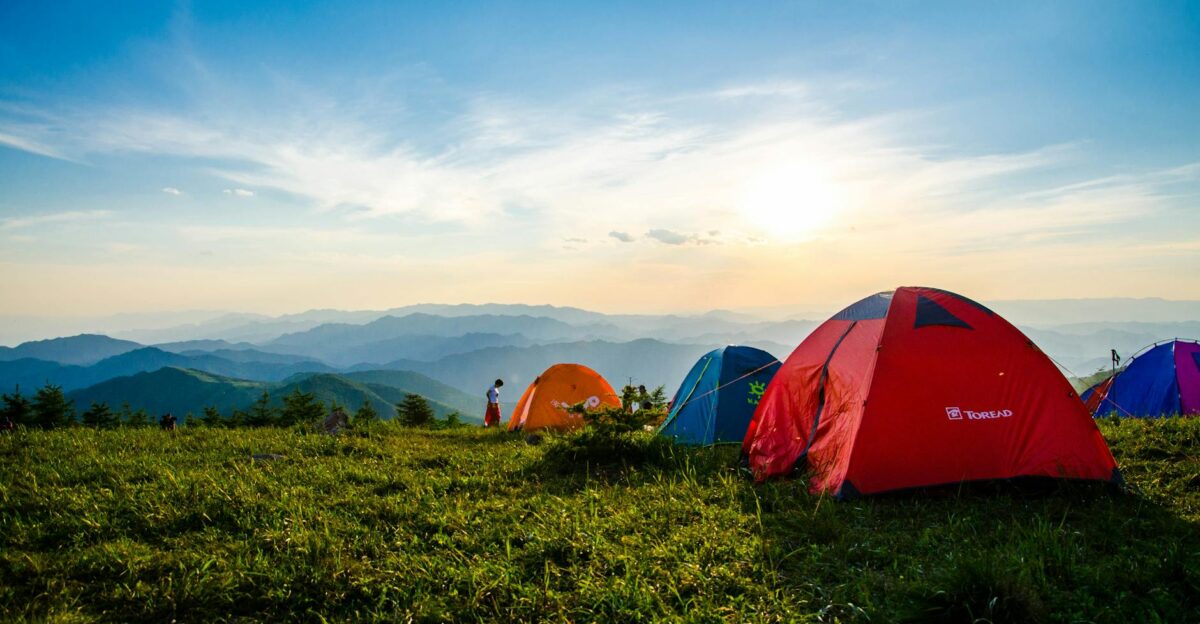
Outdoor gear companies are creating emergency camping guidelines and more weather-resistant products for wilderness trips, especially after the Badlands incident.
Manufacturers are offering biodegradable camping gear and special emergency shelters that are easier on the environment if campers have to leave quickly. Outdoor education groups are updating their classes to focus more on storm safety and how to react in emergencies, both for guides and everyday campers.
At the same time, insurance companies are reviewing their policies to deal with risks related to abandoned camping equipment in national parks.
What People Are Saying Online

Social media reactions to the park’s “Do not do this” warning led to widespread discussion about safety rules and visitor responsibility in the wilderness.
Many people shared their own stories of having to leave camps during storms and talked about how to balance staying safe with protecting the environment. Outdoor groups used the moment to promote better education for campers, while others debated the importance of letting visitors take care of themselves in emergencies.
The incident opened up bigger discussions about how people access wild areas, what preparation is needed, and how social media can help or complicate communication between parks and visitors.
History Repeats Itself
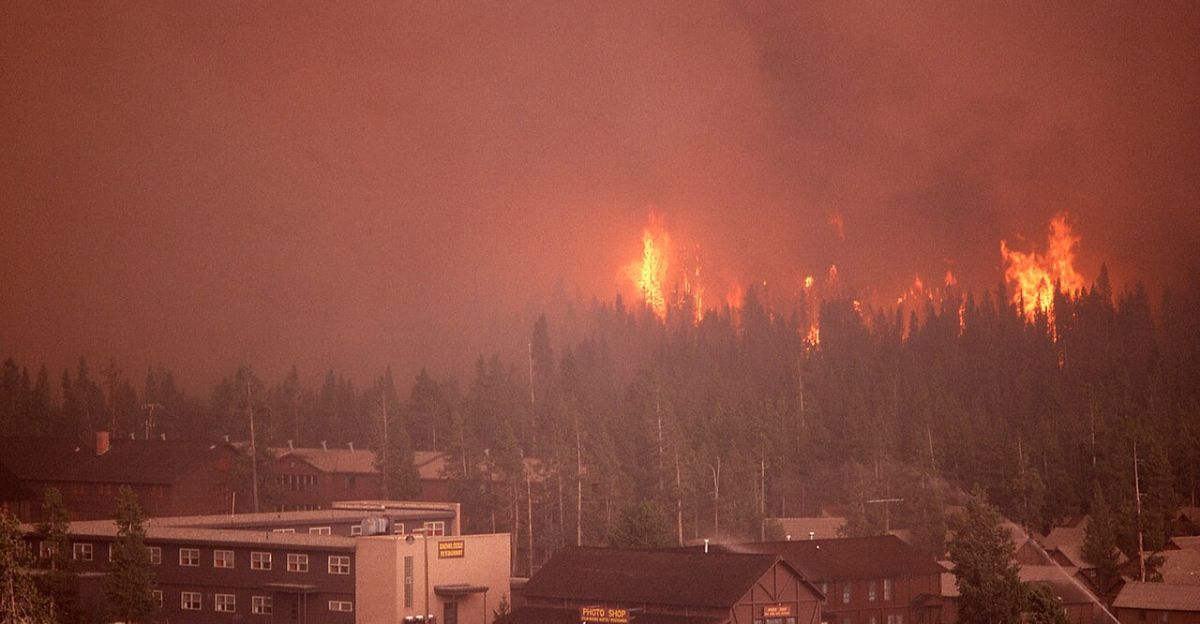
Similar incidents of campers abandoning their equipment during emergencies have happened in national parks for many years. For example, during the massive Yellowstone fires in 1988, people left behind large amounts of gear and supplies as firefighters and visitors evacuated quickly to escape the flames.
In 1993, heavy flooding in Badlands’ Sage Creek Wilderness trapped backpackers, leading to the park’s first big water rescue. Reports from parks show that weather-related abandonments have happened for decades.
Still, they are becoming more common and have a bigger impact because more people are visiting, and extreme weather is becoming more common.
These past events helped shape the rules and clean-up procedures parks use today to deal with abandoned equipment and protect the environment.
Final Takeaway

The abandoned campsite in Badlands shows the bigger problems that wild places in America face today: how to let people enjoy these areas while protecting nature—especially as the weather gets more extreme.
Cleaning up this site and sending emergency teams cost over $2,000, proving that leaving camping gear behind isn’t just a small mistake. Park officials stress that keeping visitors safe is most important, but planning and good communication can help avoid such situations.
Overall, this incident is a clear reminder that saving wild places requires careful rules and responsible actions from everyone, so only “footprints” are left behind.